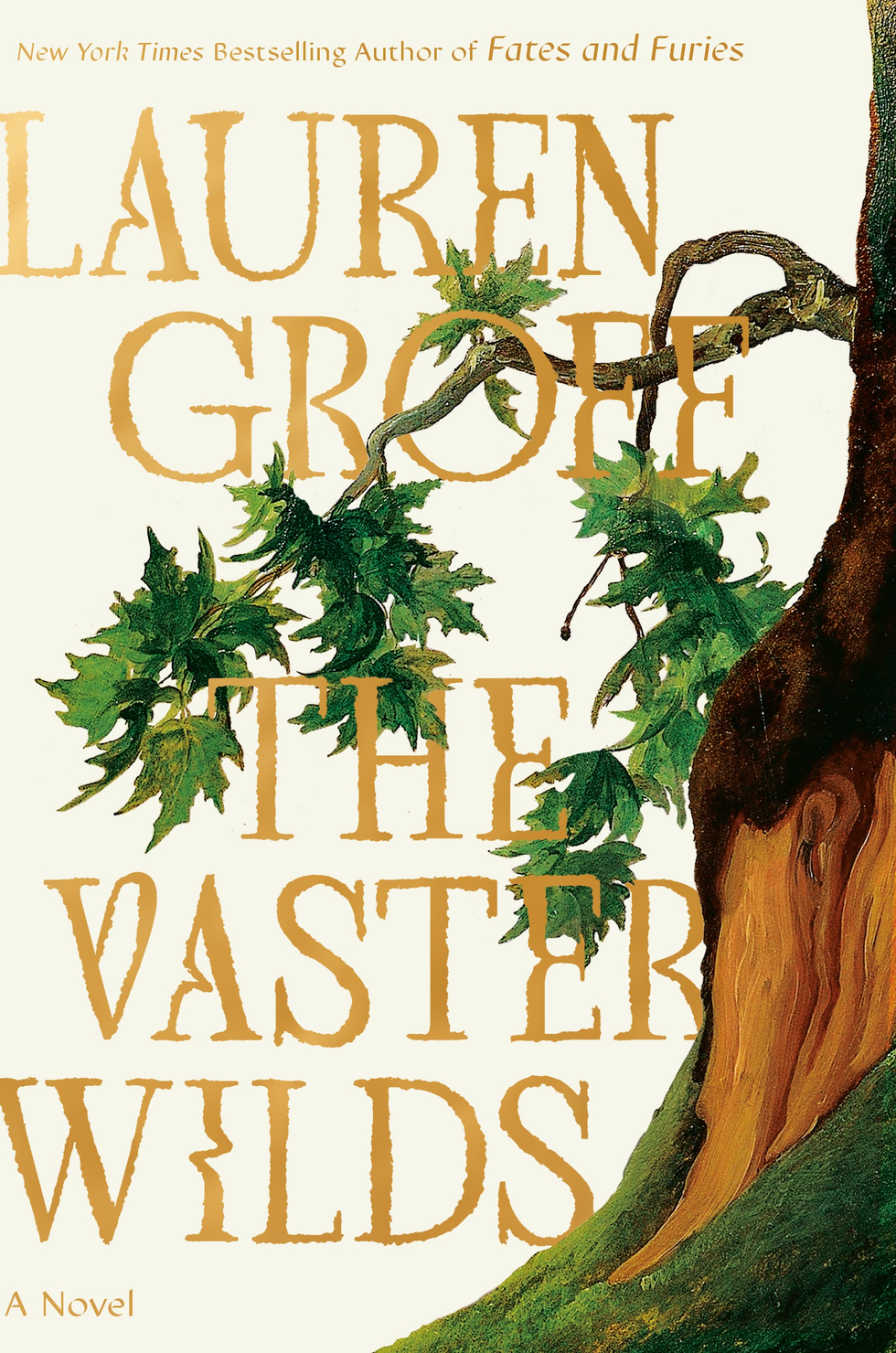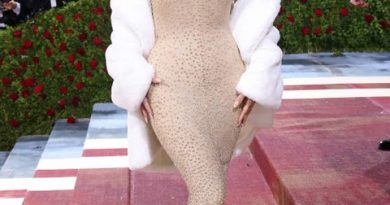Lauren Groff Reveals the Cover of Her Upcoming Novel, The Vaster Wilds
In the opening pages of Lauren Groff’s The Vaster Wilds, a starving girl slips through the confines of her colonial settlement and escapes into the surrounding woods, where the isolation and the chill offer both her liberation and eradication. Outside Jamestown, Virginia, circa 1609—a period known as “The Starving Time,” during which it’s estimated around 88 percent of Jamestown residents succumbed to famine—the girl discovers a startling intimacy with visions and voices, not unlike those shared by the holy protagonist of Matrix, Groff’s most recent, National Book Award-nominated novel.
It is, in fact, The Vaster Wilds that Groff has been working on since 2017, which she put aside in 2019 to finish Matrix, and to which she returned when the timing at last felt right. When I speak with Groff over the phone a few days before she reveals the cover of her latest work, she tells me she sees Matrix and The Vaster Wilds—and all her books, really—as sharing an intentional, if abstract conversation. Part of that conversation is necessarily thematic: Like Matrix, Groff’s other writing tends to illustrate a fluid, almost cyclical understanding of history, and faith’s sticky place within it.
“I don’t believe in any dogma,” Groff says, “but I want to sort of wrestle with God or whatever that means for me at the moment—the larger purpose, the eternal mysteries, the wonder of the world. I think this book allowed me to really pay a lot of attention to these things, to think through a spiritual relationship to God that doesn’t necessarily have much to do with the hierarchies of the Protestant church in which I was raised. I think that I was very grateful for that, for the book, bringing that back to me.”
More From ELLE

She cites historical fiction like The Vaster Wilds as an obvious method of dissecting contemporary issues—like, say, climate change, religion, and misogyny—in the mysterious, revealing language of another era. Take Elizabethan England, for instance: In what Groff refers to as her “extensively joyous” research process for the book, she discovered in Shakespeare’s Henry IV the line “the vasty deep,” which struck her as thrilling enough to ultimately influence the title of her book. “It refers to not only the New World, which to white Europeans was new,” Groff says, “but to the larger journey that my character goes on in this book.”
The same sense of strange wonder applied to creating the book’s cover, which Groff says had, at one point, some 80 different versions. She and the team at Riverhead Books ultimately opted for the warm-hued image of a warped tree in leafy bloom. (An intriguing choice, given the book’s wintry setting.)
“There’s something very, very strange in the gnarled tree,” Groff says. “There’s something off-center, and the longer you look at it, the stranger it is, I think. That’s something that I wanted for this book in particular, because I think this book is about paying attention, looking at things long enough to see through the scrim of what has been told to us, and seeing into a different kind of understanding of the world.”
As Groff prepares to release The Vaster Wilds on September 12, she’s already at work on her next projects. (“At the moment, I’m working on a short story collection, a couple other books, and some very distinct ideas that may not ever be books, and that’s fine,” she says.) But there’s something about The Vaster Wilds that has taken root—if you’ll forgive the imagery—in her gut, a sense of forward motion she hopes readers will soon instinctively share.
Storytelling as a way of “mitigating anxiety,” she says, influenced much of her work on The Vaster Wilds. Learning to stay alive in the woods, “especially when you have very few things and the things that you do have personalities after a while,” gave her the chance to assert effort, control, and faith over temperature and landscape, flesh and bone, even in an increasingly alarming real-life Anthropocene. She drew faith, like so many writers before her, from the hope of fairy tales: “If a child in a story can survive the worst possible things that can happen—being left alone in the woods with your starving brother and trying to make it out—well, then, maybe the things that actually do happen to actual children, which are wounding, and difficult and hard? Maybe you can survive those, as well.”
The Vaster Wilds is out September 12 from Riverhead Books.



![<i>The Vaster Wilds</i> by Lauren Groff” title=”<i>The Vaster Wilds</i> by Lauren Groff” containerprops=”[object Object]” src=”https://hips.hearstapps.com/vader-prod.s3.amazonaws.com/1680104356-the-vaster-wilds-by-lauren-groff-jacket-94-64245b83b772d.png?crop=1xw:1xh;center,top&resize=980:*” width=”1500″ height=”2265″ decoding=”async” loading=”lazy”></div>
</div>
<p></a></p>
<div size=](https://hips.hearstapps.com/vader-prod.s3.amazonaws.com/1680104356-the-vaster-wilds-by-lauren-groff-jacket-94-64245b83b772d.png?crop=1xw:1xh;center)
